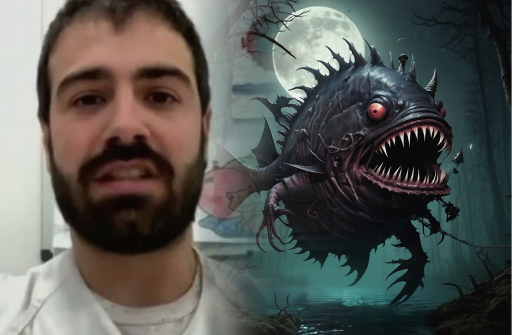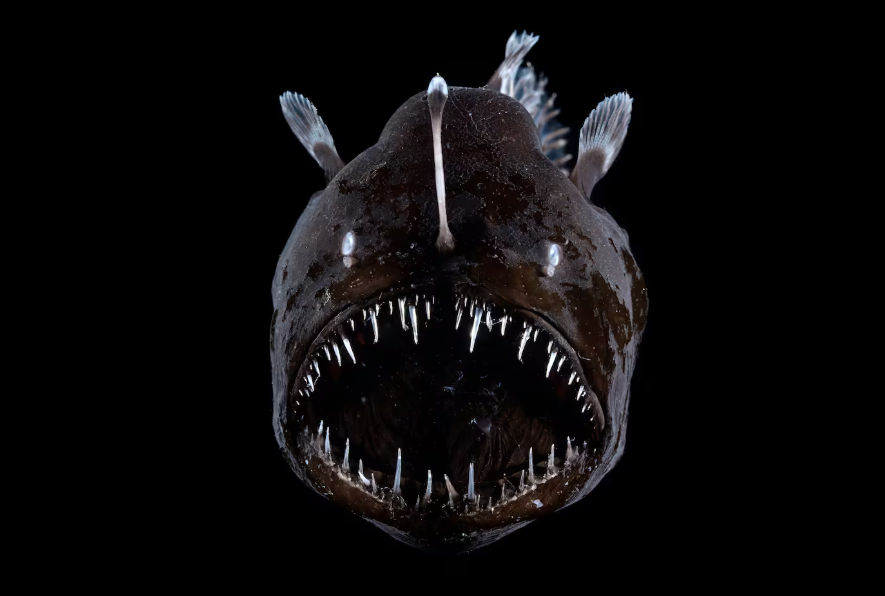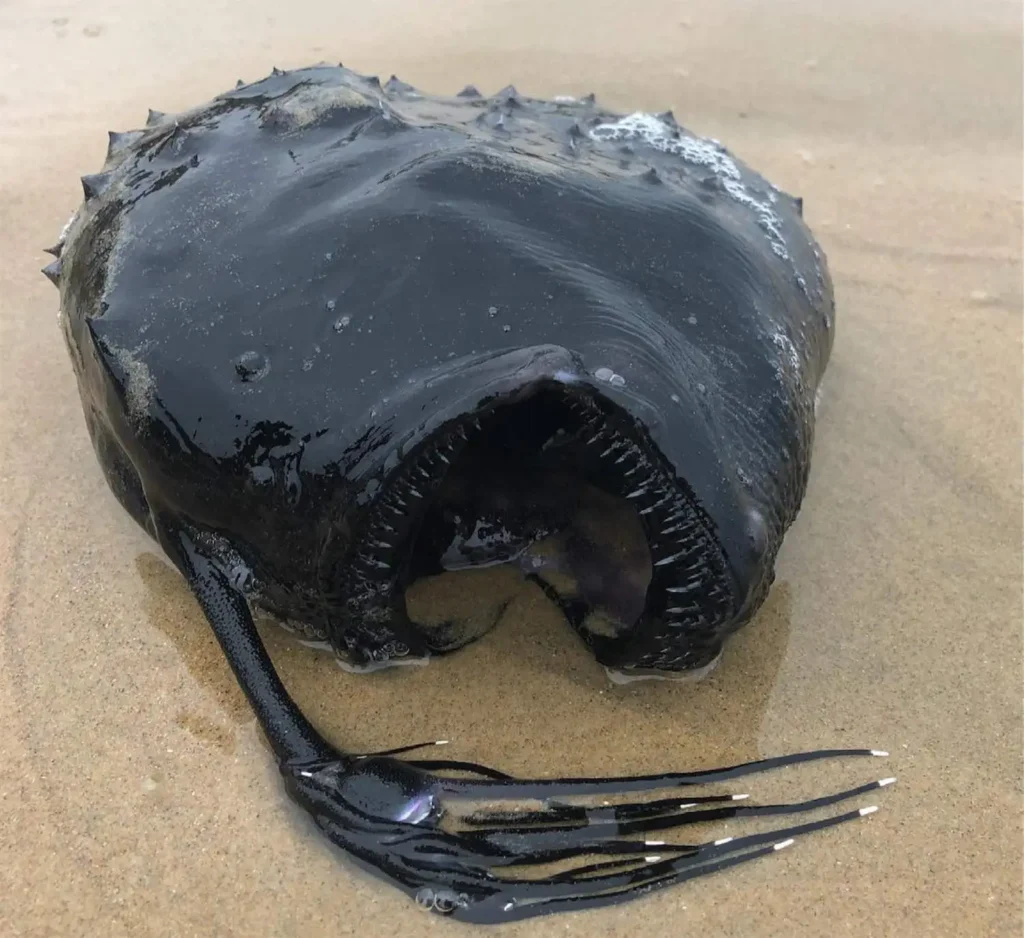- Web Desk
- 1 Hour ago
Extremely rare, soft and squishy ‘Black sea monster’ spotted
-
- Web Desk
- Feb 13, 2025

WEB DESK: A terrifying looking species of anglerfish “Black sea monster”, which is in fact quite soft and squishy, has been documented for the first time by Wildlife photographer with the NGO Condrik Tenerife, David Jara Boguñá. According to an article published by National Geographic magazine on Tuesday, this is only the second time that the black seadevil species has been recorded while still alive.
Harry Potter Studio Tour planned for 2027 in Shanghai
The black seadevil, also called as Black sea monster, and scientifically known as Melanocetus johnsonii was spotted in the final week of January, in the Canary Islands by a team of researchers aboard the vessel Glaucus. The anglerfish was slowly aiming to move towards the ocean’s surface. Jara said, “It was like a dream come true.” These anglerfish are normally found between 650 and 6,500 feet deep in the oceans.
Despite appearing in photos as gigantic monsters, with their sharp fangs and terrifying overall image, these ‘monsters’ are luminescent, soft, and about six inches in length. Jara said, “When I was a kid, I had a book with some deep-sea creatures, and I loved the illustrations. They were crazy to me. The animals didn’t look real.”
Jara isn’t the only one surprised over this sighting. Watching the video of the seadevil online fish biologist at Rice University Kory Evans said, “When I first saw the video, I honestly didn’t believe what I was seeing. I thought it was AI.” Monterey Bay Aquarium Research Institute scientist Bruce Robison concurs, saying, “It’s a really rare event to see a deep-sea critter like that close to the surface.”

Robinson also happens to be the same person who recorded the first-ever – and the only other – footage of these species in 2014. He captured the image of a seadevil at a depth of 1,900 feet in Monterey Bay.
Tiny splendid peacock spiders have the fastest known jump among their kin
The surprise of these marine experts is two-fold – the fact that the fish was able to survive at the depth where it was captured now, and the fact that the species whose whole deal is to ‘not move’ being caught swimming. Evans said, “They are ambush predators…They kind of sit there, bobbing around, so seeing this one doing something active is kind of shocking.”

Those attempting to find answers to these mysteries have some theories too. One theory is that the spotted anglerfish ate something “gassy” which is pushing it upwards. Another theory is that it got trapped above a rising water coloumn caused by volcanic fissures of the Canary Islands. Finally, the fish might have been swallowed by another creature and then later spat out or escaped closer to the surface than their natural depth.





